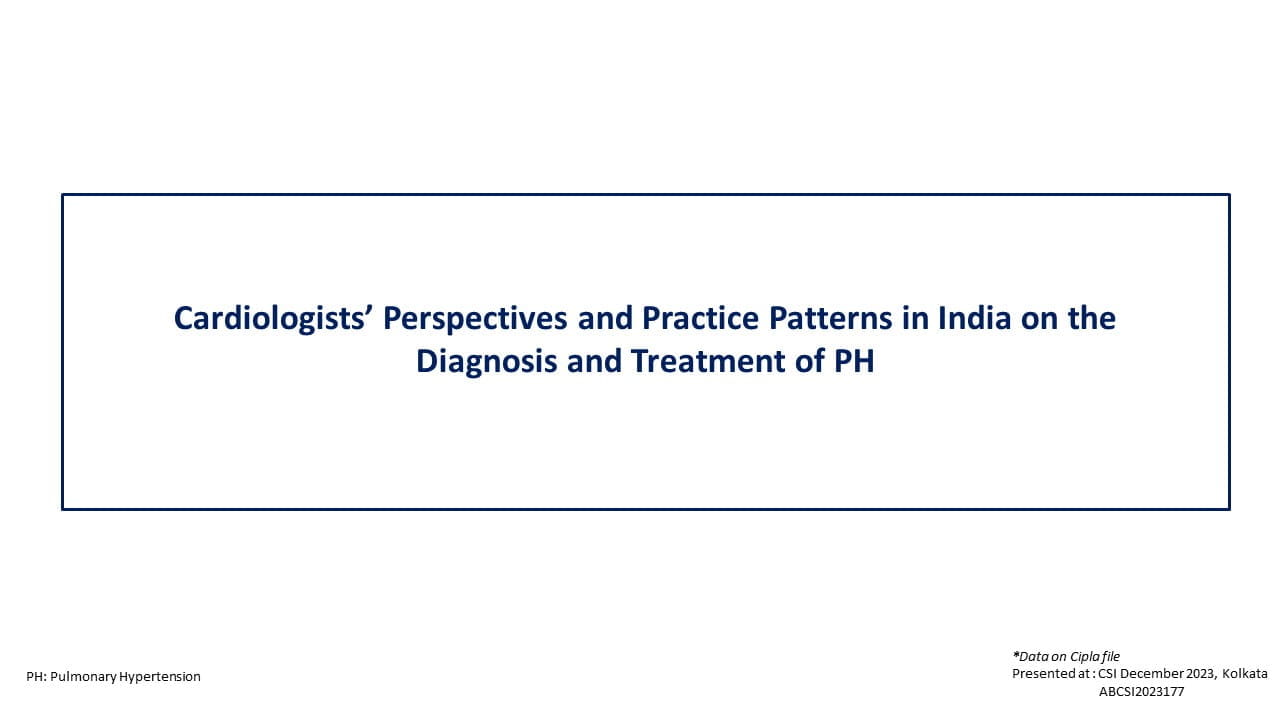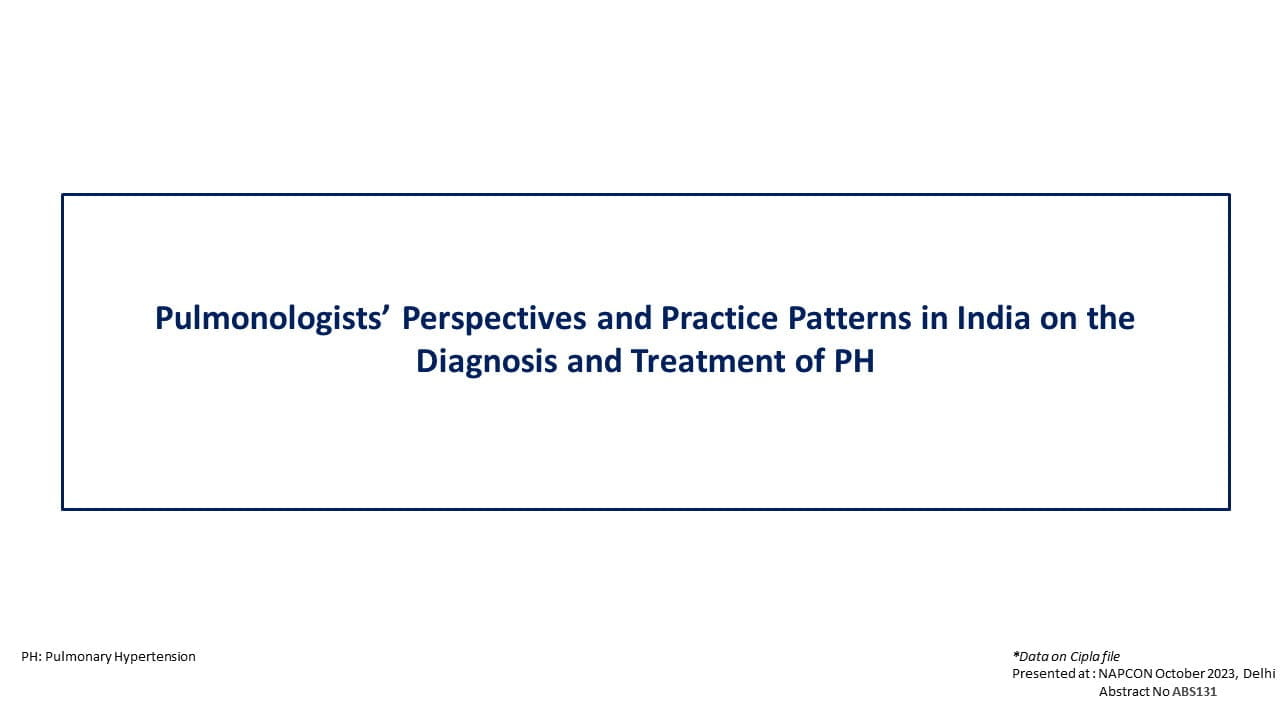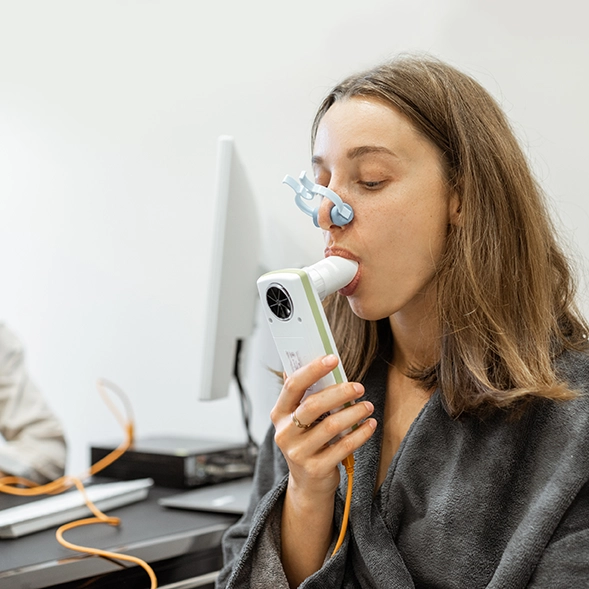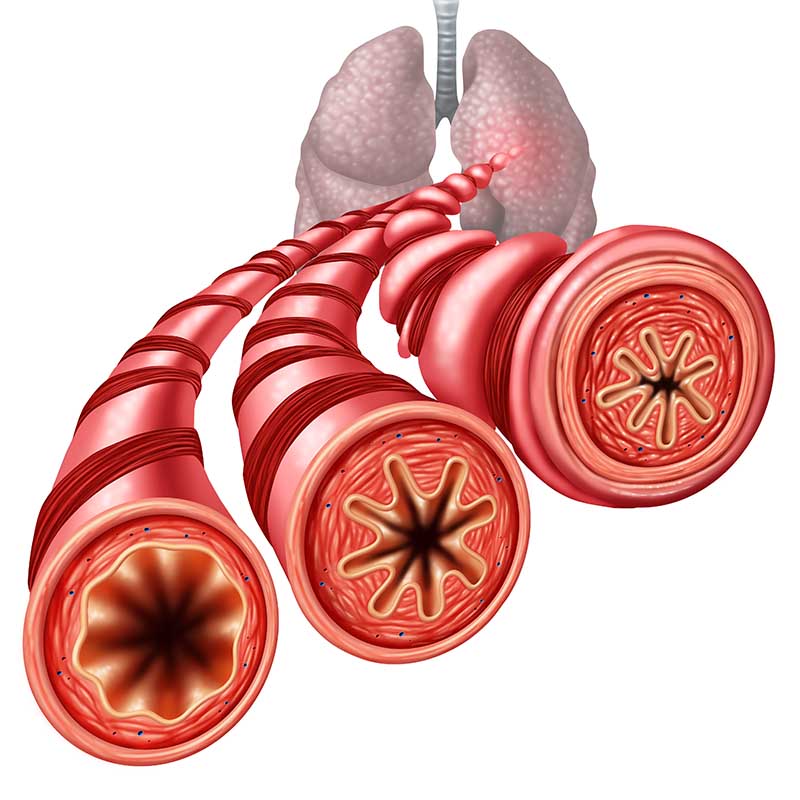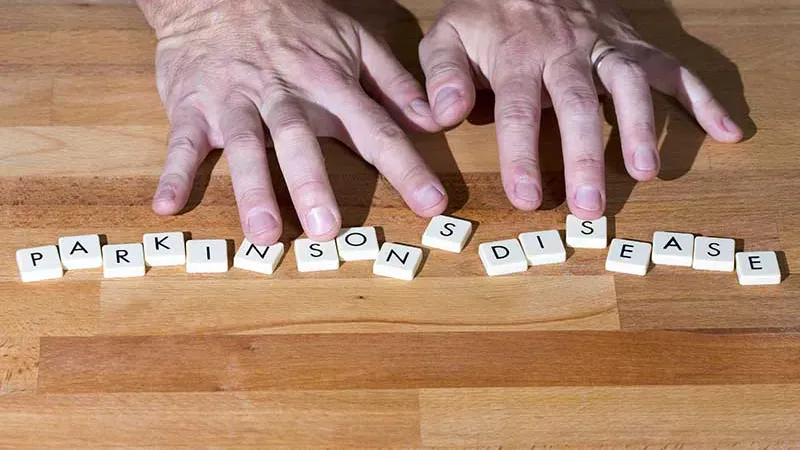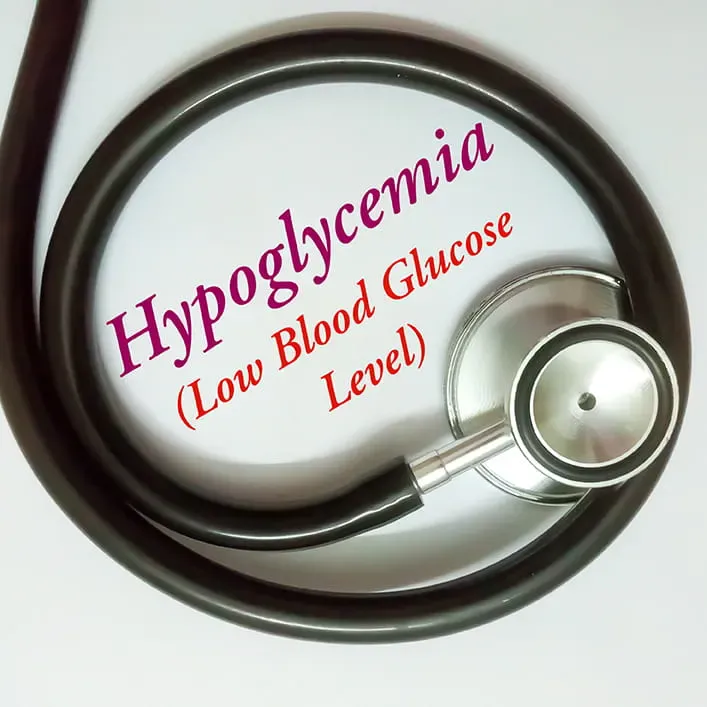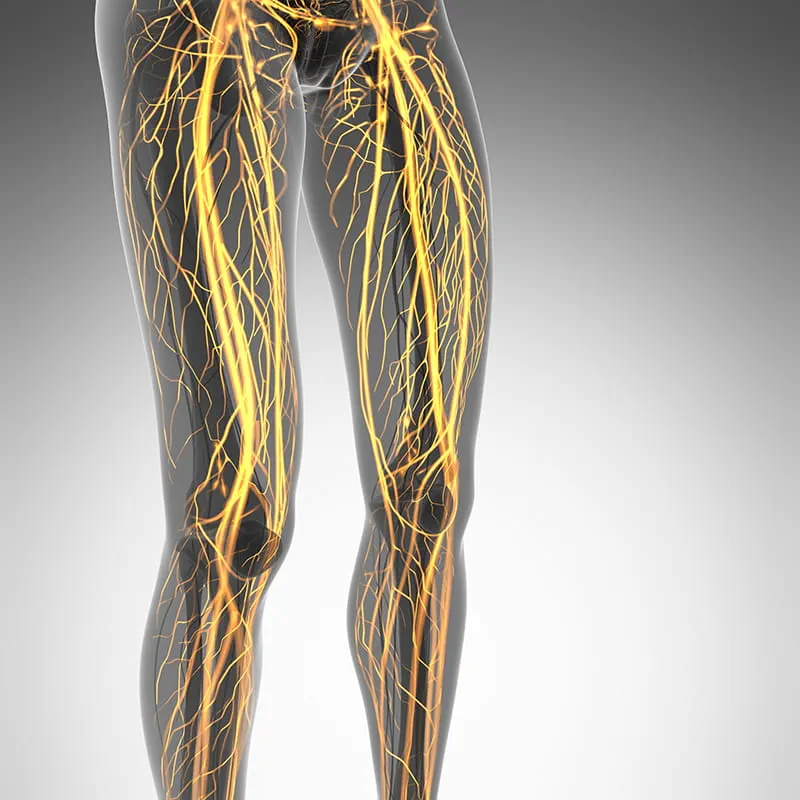Multiwavelength Photobiomodulation for the Treatment of Dry Age-Related Macular Degeneration
27 Jan, 25
Introduction
Approximately 90% of the age-related macular degeneration (AMD) patients in the United States are affected with dry AMD. Currently there is no treatment for early/intermediate stage dry AMD beyond the use of antioxidant supplements. Photobiomodulation (PBM) is an established biotechnology that exerts beneficial effects at cellular level. Recent clinical trials, including LIGHTSITE I and II, have demonstrated that multiwavelength PBM improved clinical vision outcomes and anatomical correlates of the disease.
Aim
The LIGHTSITE III study determined the impact of multiwavelength PBM therapy in early/intermediate nonexudative (dry) AMD.
Patient Profile
- Patients with diagnosis of dry AMD (age ≥50 years, n=100)
Methods
Study Design
- LIGHTSITE III was a prospective, double-blind, multicenter randomized, controlled trial.
Treatment Strategy
- Study subjects were randomized 2:1 to receive multiwavelength PBM (590, 660, and 850 nm) or Sham treatment delivered in a series of nine sessions over a period of 3 to 5 weeks, every four months for 24 months.
Outcomes
- Change from baseline to 13 months in the best corrected visual acuity (BCVA)
Results
- A total of 17 subjects discontinued the study (nine PBM-group; eight Sham-group) over a period of 13 months. The baseline BCVA score for the study subjects was between 50 and 75 letters.
- Of the entire study population, 20% of subjects were categorized as early-stage AMD, 72% as intermediate-stage AMD, and 8% as late-stage AMD [geographic atrophy (GA), no choroidal neovascularization (CNV)].
- At 13 months (4 series of treatment), patients in the PBM group had a greater improvement in BCVA, as compared to those in the Sham group (an increase of 5.4 letters vs. 3.0 letters) (Fig. 1).
Fig. 1: Increase in the BCVA score at 13 months
- Greater proportion of patients in the PBM group vs. the sham group had ≥ 5 letter gain (55% vs. 40.8%), ≥10 letter gain (26.4% vs. 14.9%), and ≥15 letter gain (5.5% vs. 1.9%).
- Eyes of the Sham-treated patients had a two-fold decrease in BCVA letter count, an increased number of eyes had a letter loss ≥10 at each visit compared with PBM-treated eyes.
- The BCVA differed significantly between PBM and Sham groups at months 5, 9, and 12.
- An exploratory analysis revealed stable LLBCVA, contrast sensitivity, Radner reading charts, and the VFQ-25 in both the study groups during the 13-month period.
- The incidence of new GA during the study period was significantly higher in the Sham treated vs. the PBM-treated eyes (1.1% vs. 10%, Odds ratio: 9.4).
- Most of the study subjects were compliant with all treatment visits; at month 13, 88.2% of eyes receiving PBM and 74.5% of eyes receiving Sham treatment were fully compliant with the treatment protocol. The safety profile was favorable for PBM with low incidence of adverse events.
Conclusion
- LIGHTSITE III demonstrated that patients with early/intermediate AMD had significant improvements in BCVA when treated with PBM, during a 13-month period.
- Treatment with PBM was found to be safe with a low incidence of adverse events.
Retina. 2024; 44:487–497.
Related Topics


